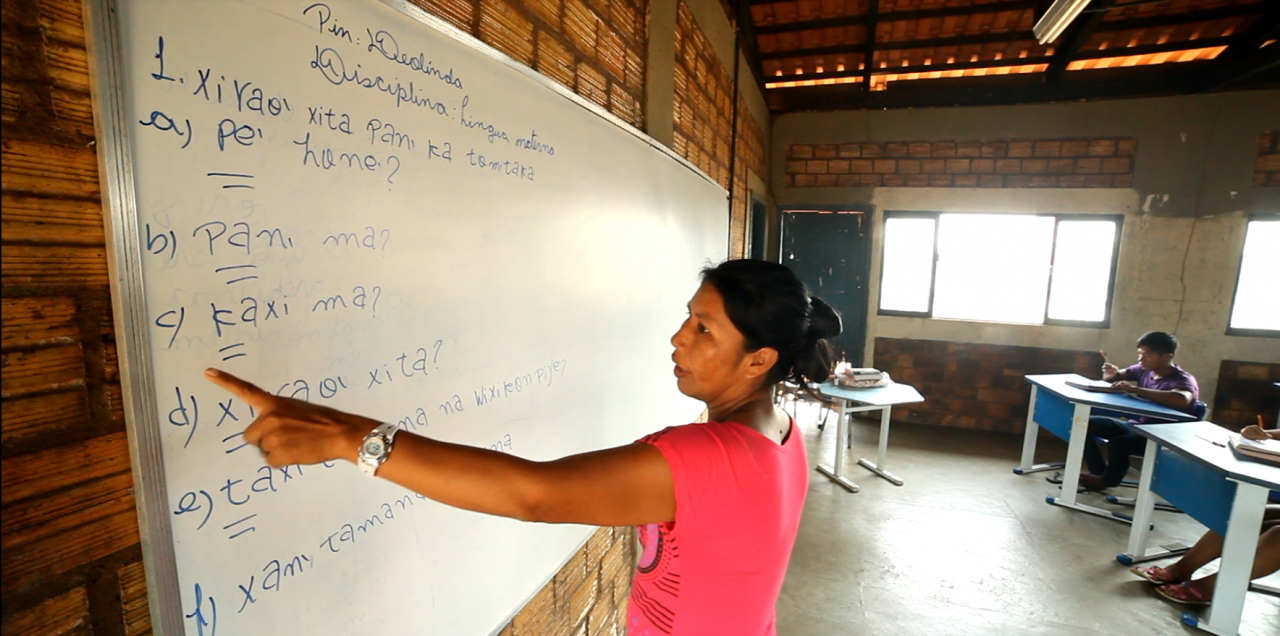Yanomami community in Amazonas mobilizes resources to build Indigenous school
18 de August de 2025

By Adrisa De Góes – From Cenarium
MANAUS (AM) – On the banks of the Marauiá River, in the municipality of São Gabriel da Cachoeira, Amazonas, the Yanomami community of Xapono Cachoeirinha has launched a campaign to raise funds for the construction of the Heturena School, a space designed to welcome around 30 children and young people who are waiting for the opportunity to study in their own territory.
The goal is to raise R$ 7,000 by September 30, an amount considered essential to begin construction of the facility. According to the organizers, the school will be more than just a building: it will serve as a space for dialogue between the traditional knowledge of the Yanomami people and formal education, strengthening culture and ensuring the right to education.
The fundraising is being carried out via Pix, through the key agenorcauxi@gmail.com, registered under the name of Agenor Vasconcelos, a professor at the Federal University of Amazonas (Ufam). Recommended by Yanomami leaders, the professor was chosen to act as mediator of the campaign and ensure transparency in the fundraising process.
Heturena School
Located in the portion of the Yanomami Indigenous Territory (IT) within Amazonas, the Xapono Cachoeirinha community is mobilized to build the Heturena School. The initiative arises from the need to guarantee differentiated education within the territory, in dignified conditions, respecting Yanomami culture, traditional knowledge, and native language.
Heturena aims to integrate Indigenous knowledge into the school curriculum, strengthening students’ identity and preparing them to take on leadership roles within their communities. Practical activities, such as seedling nurseries, organic food production, and animal husbandry, are also planned, inspired by successful experiences of other Indigenous schools in Brazil.

Indigenous education
According to the 2023 School Census, Indigenous schools registered 302,600 enrollments throughout Brazil, concentrated mainly in Amazonas, which leads with 78,700 students. Despite this significant number, access still faces barriers: many communities are located in remote regions where transportation is difficult, and the lack of adequate infrastructure limits student retention.
The 2024 Brazilian Basic Education Yearbook also shows that the infrastructure of Indigenous schools in Brazil is still marked by significant shortcomings: 71.2% have access to potable water, 59.5% have bathrooms, and 56.6% are connected to the public electricity grid. The situation is even more critical in terms of sanitation, as only 2.1% of these schools have sewage systems and 12.1% have waste collection.

